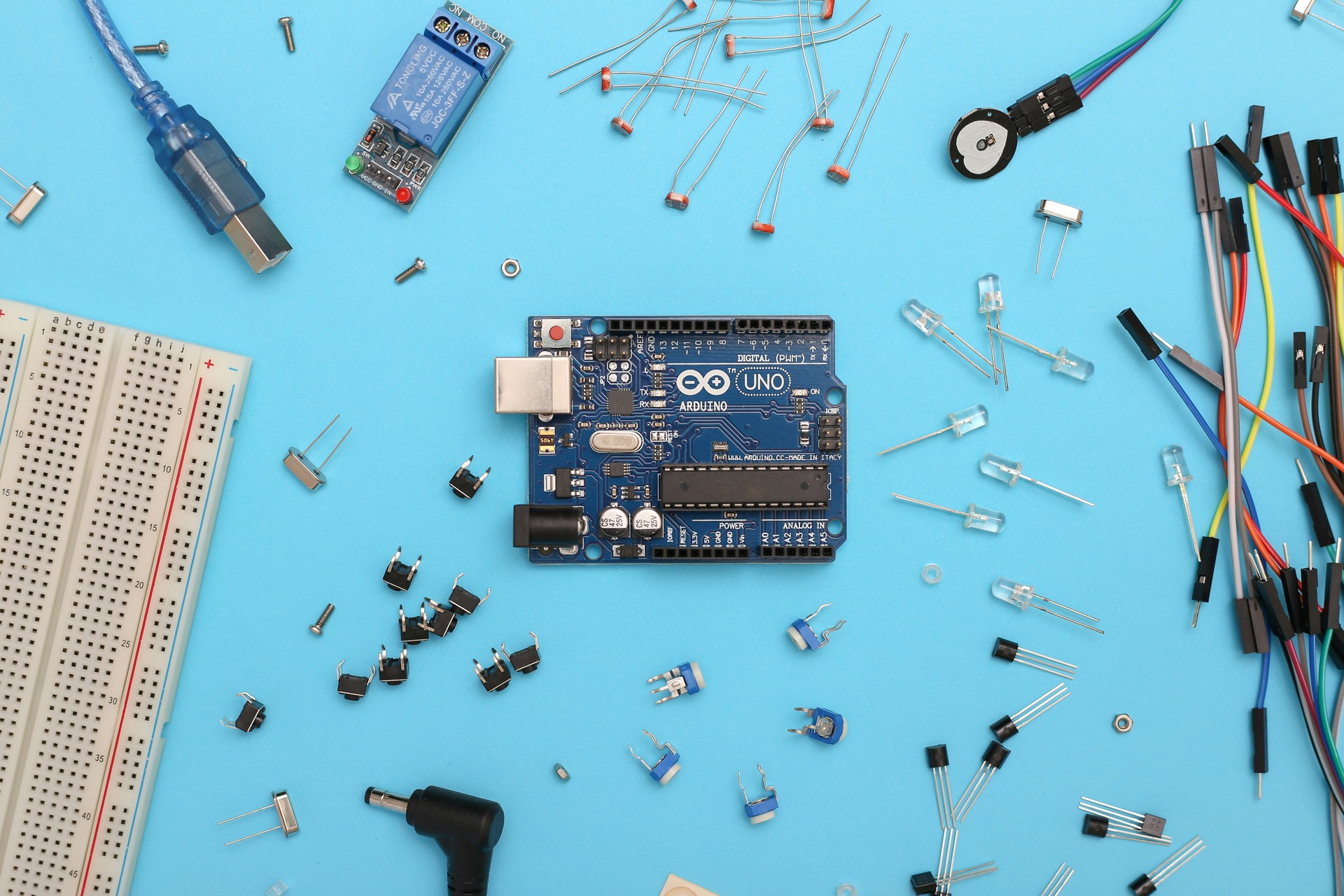People are always looking for the next big way to make life better. It’s what’s driven people to invent creations that have changed the course of human history, like cars and airplanes.
While some people dream big with their inventions, other people have dreams that will also change the world, but on microscopic levels.
Those are the people who came up with genetic engineering, which has made its rounds in the news since its creation. It can be a helpful but controversial form of engineering, depending on how it’s used and who uses it.
Read on to learn more about what genetic engineering is used for and why it’s something that grows more complex as time goes on.
What It Is
Genetic engineering is when the DNA of an organism is directly manipulated to create a phenotype that wouldn’t normally occur in nature.
It’s also known as genetic modification because it deals so heavily with an organism’s genome. This engineering changes, deletes or duplicates a base pair of genes to achieve a specific goal.
Genetic engineers have also extracted DNA from an organism and combined it with DNA from a separate organism.
How It Changes Agriculture
Food is one of the most important resources for humans, which is why people are always trying to improve agricultural systems.
Genetic engineering is one of the ways people do this. They combine certain genes from wild and crop plants to get the desired trait. This trait can be a number of things, depending on the crop that’s been genetically altered.
Some crops are engineered to have a higher nutritional value. That makes the food better to eat, which creates a higher profit margin for the production company.
Crops may also be genetically engineered to tolerate herbicides better. More powerful herbicides take care of pest infestations and weeds easier, so no plants are lost before they’re harvested.
People sometimes get concerned about changing the DNA of crops, because they view it as eating something that’s unnatural. However, studies have shown that genetically altered crops do not pose any risk to those who eat them.
Why It Matters for Medicine
The world of medicine has also been touched by genetic engineering. Insulin was one of the first products that genetic engineering improved, back in the 1980s.
People with diabetes used to get their insulin injections from pig or cow pancreases, but genetic engineering of human insulin resulted in Humulin. It was the first marketable product that had been genetically altered, lasting longer than animal insulin and having a slower onset of action.
Couples using IVF treatment have also seen success with genetic engineering. Slight genetic modifications increase the success rate of embryos after freezing. This doesn’t change the DNA that the fertilized embryo would use to grow into a baby. Instead, it makes the embryo more likely to be implanted and fertilized successfully.
Some people are more concerned about genetic engineering in medicine and biology than anywhere else. Although genetic engineering may one day end diseases that currently have no cure, people worry that it could lead to humans being created in labs with certain advantages.
A person being born with genes that make them a faster runner to one day compete in the Olympics would be an example of this kind of concern. Although scientists don’t believe that kind of genetic altering would be legal if it were possible, it’s something that’s studied and talked about.
How It May Evolve
Genetic engineering is currently used in the fields of medicine and agriculture to improve the quality of life for people around the world, but what does its future look like?
Whether or not it’s controversial, scientists will continue to use genetic engineering to the advantage of the human race. Today that means that things like crops and human fertility improve, but one day it could mean so much more.
Recent Stories
Follow Us On
Get the latest tech stories and news in seconds!
Sign up for our newsletter below to receive updates about technology trends




